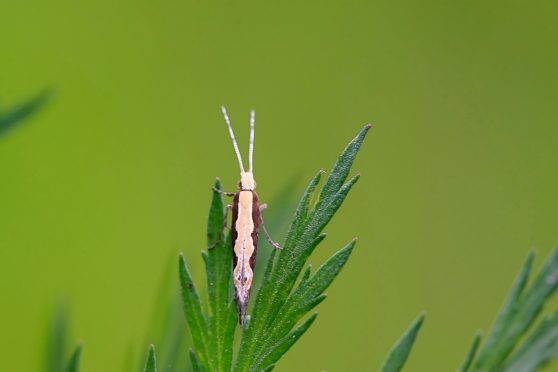Brassica producers have been warned that diamondback moths are here to stay.
The moths caused unprecedented damage to the UK’s brassica crops in 2016 and researchers believe they are likely to return in even greater numbers in future.
However collaboration between the farming industry and scientists leads levy body AHDB to believe that growers are now better equipped to deal with future outbreaks. An industry conference heard that baselines for the moths’ susceptibility to chemical control have been identified. Scientists also confirmed diamondbacks were resistant to pyrethroid sprays – which is how most growers dealt with last year’s outbreak.
Dawn Teverson, knowledge exchange manager at AHDB Horticulture said using pyrethroids was an established response to similar problems,
“So it’s not surprising, but we now know that this may, unfortunately, have exacerbated the problem. Not only were the moths resistant but it may have led to a loss of beneficial biological control insects, such as parasitoid wasps, which could have helped manage pest numbers,” she said.
Ms Teverson added that being able to quickly establish the most effective control methods would provide growers with the best chance of managing outbreaks, while minimising effects on beneficial insects.
Research Scientist Dr Steve Foster said: “We tested a range of different chemical insecticides in bioassays for their effectiveness against the larvae of the moths that we saw in the UK last year. Some compounds were effective but the commonly used pyrethroids were not, due to strong resistance.
“If large numbers of new moths arrive in the UK in future years – a scenario which is becoming more likely due to climate change – they could carry different forms of resistance, so future outbreaks may respond differently to insecticide sprays.”
Dr Foster said the work already carried out meant that effective control measures in future outbreaks could hopefully be identified in weeks, not months.










